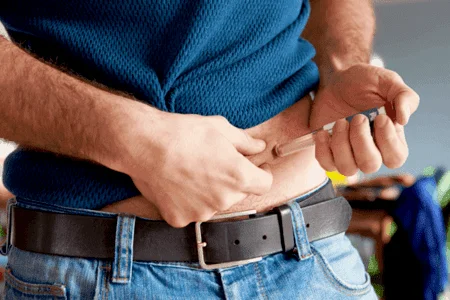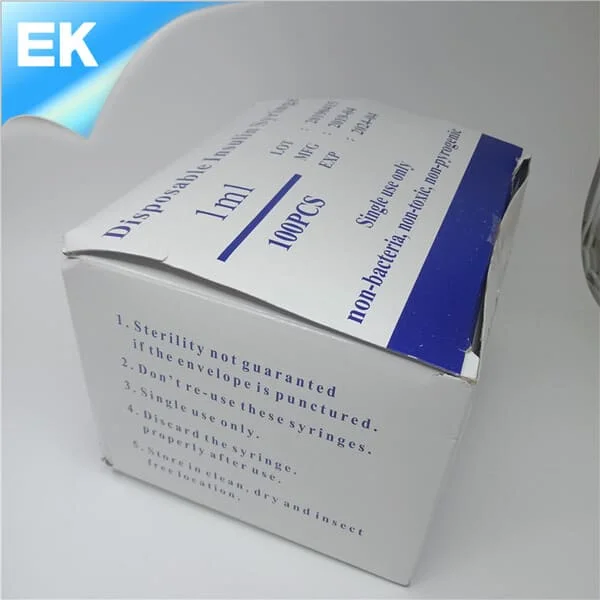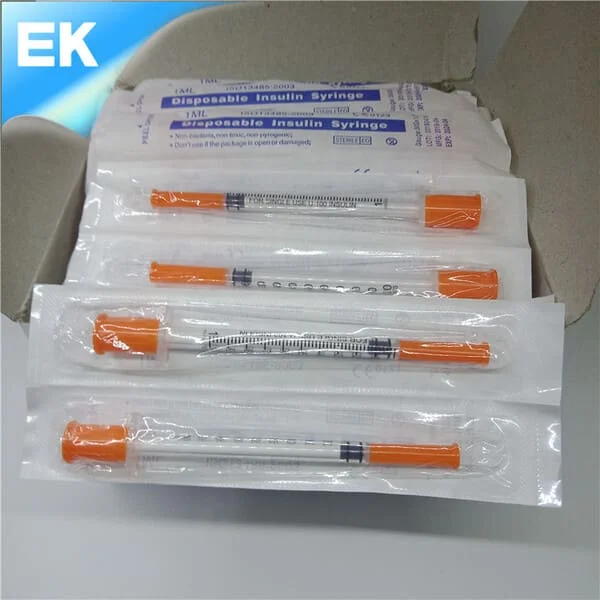views
Various insulin injection techniques
Insulin is a hormone that your body uses to help convert the glucose in your food or drink into energy. Once insulin helps glucose enter your cells, the blood sugar level in your blood drops. Insulin injections are essential for those who do not produce any insulin and those who cannot produce enough insulin to control their blood sugar levels. Insulin helps stabilize blood sugar levels and can be used as a medicine for diabetic patients. It may be scary to start using insulin injection pens or insulin syringes, but by practicing insulin injection techniques, injections will become easier. To learn how to take insulin properly, you must first work with your medical team. The information in this article is intended to reinforce the information they provide.

Insulin injection techniques
Most people who use insulin use insulin injection pens or insulin syringes. More and more patients with type 1, type 2 and gestational diabetes choose to use insulin pumps. There are also needle-free options, including insulin that can be inhaled instead of injected, or jet syringes to administer insulin. Insulin injections are not as scary as you think. Your healthcare provider or diabetes educator will help you get started and recommend the insulin injection method that best suits your needs. If you are not familiar with insulin injections, the following basic overview will help you become familiar with the available insulin injection techniques.
Insulin injection pen
Many insulin pens are a pre-installed and disposable insulin injection technology, and some are considered "durable" pens that can be reused by inserting a new insulin cartridge. Insulin pens use injection needles, which are available in different lengths to best suit your body type. The pen needle is very thin and can only be used once. If you try to reuse your pen needle, you may feel pain and you may be at risk of breaking the needle tip. Due to the risk of spreading infectious diseases to others, even if you change the needle, do not share your insulin pen with other people. A small amount of blood can be drawn into the pen, and this blood may be injected into another person's body. The insulin pen has a dial that allows you to easily set the insulin dose before injecting insulin, and the numbers are easy to see. The insulin pen does not need to be refrigerated after it is opened, so it can be easily carried with you.


Insulin syringe
Learning how to inject insulin with a syringe is a common starting point for many diabetics. Some people choose to continue to use disposable insulin injection pens to inject insulin due to cost or other factors. Insulin syringes are available in various sizes and needle lengths. The size of the syringe you need depends on the amount of insulin you inject, and the length of the needle depends on your body type. If you have more body fat, you may need longer needles. If you are very thin or give injections to your child, you may need a shorter needle. If you are injecting a large amount of insulin at a time, you will need a larger syringe so that you do not need to inject more than once to deliver the total insulin dose. The markings on some insulin syringes are difficult to read. If you have vision problems, you may want to consider buying a magnifying glass stuck on a syringe or using an insulin pen that measures your dose by dialing in a specific number. Once you know how to inject insulin with a syringe, it can make other types of insulin injection techniques easier-from injecting with an insulin pen to filling an insulin reservoir in an insulin pump.
Insulin is a magical tool for blood sugar control, and there is nothing to be afraid of injecting insulin. It is better to inject insulin and keep your blood sugar within range, rather than being afraid of adding insulin to your treatment plan and having high blood sugar. If you need information about storing insulin, injecting insulin, insulin injection techniques, etc., your healthcare provider, diabetes educator, and pharmacist are useful resources.
Tags: insulin injection pen, insulin syringe, insulin injection techniques, Insulin injection











